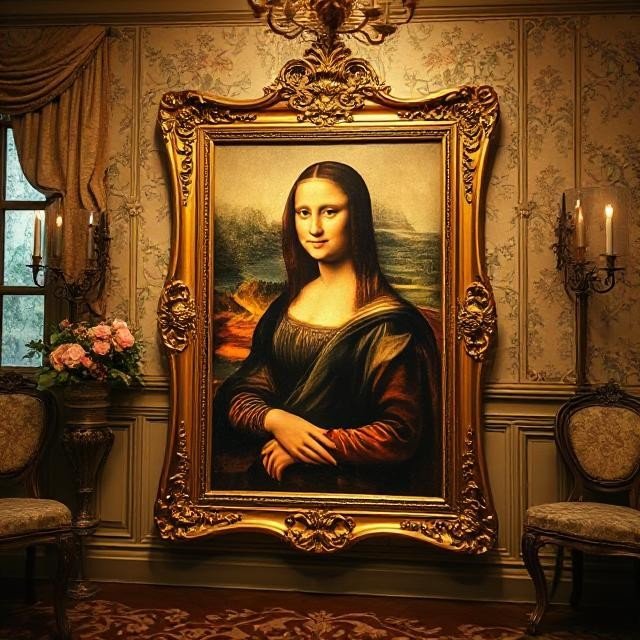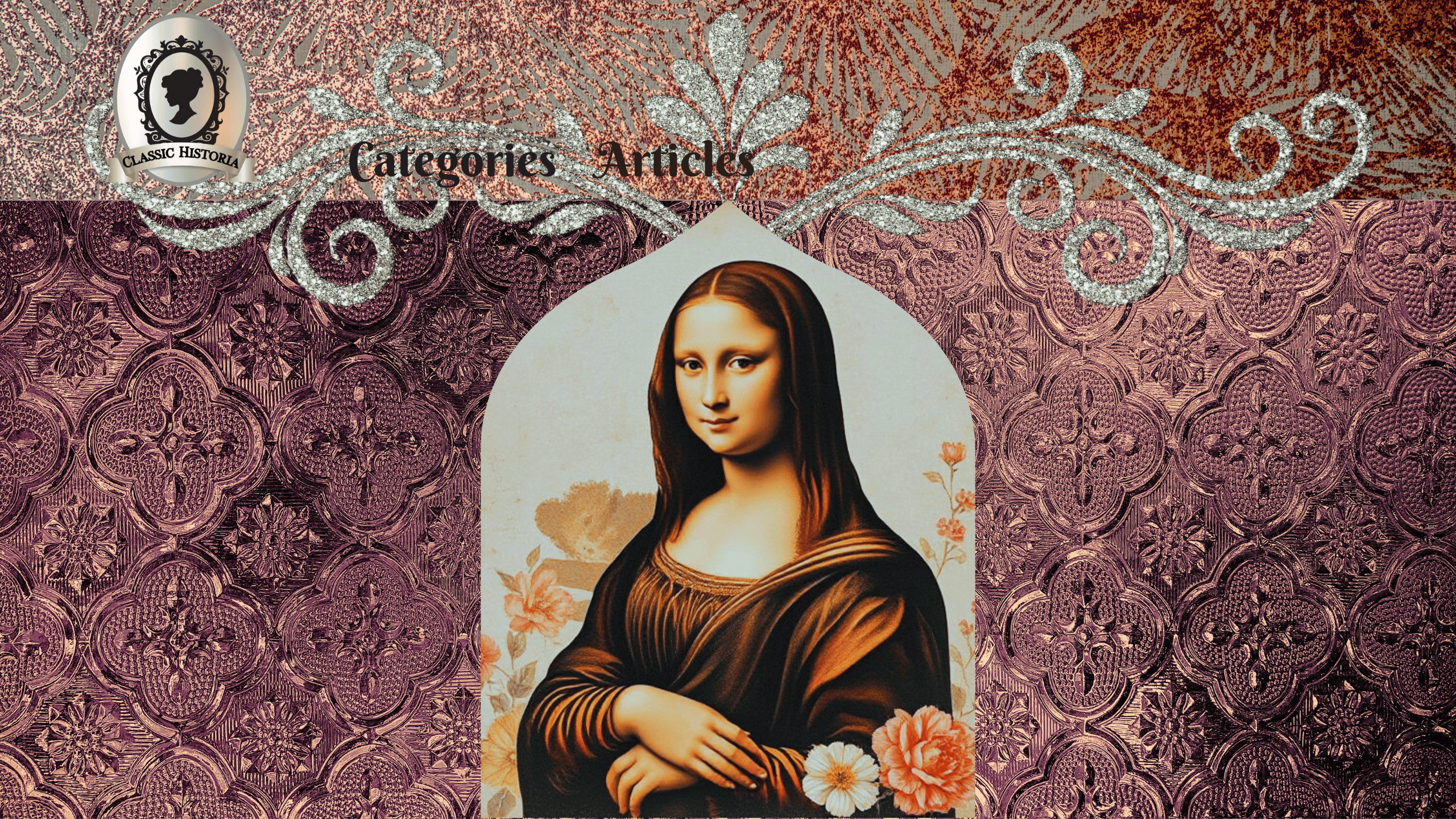Classic Historia may receive a commission on purchases made through Amazon and eBay affiliate links at no additional cost to you.
The Mystery Behind Mona Lisa's Smile
The Mona Lisa, painted by the renowned artist Leonardo da Vinci, is arguably one of the most famous and enigmatic works of art in human history. This small portrait, housed in the Louvre Museum in Paris, has transcended its time to become a cultural icon recognized by people all over the world. But what makes it so extraordinary? Why has it captured the imagination of millions for centuries? Let's break it down in a way that's clear and easy to understand.
Identity of the Portrait
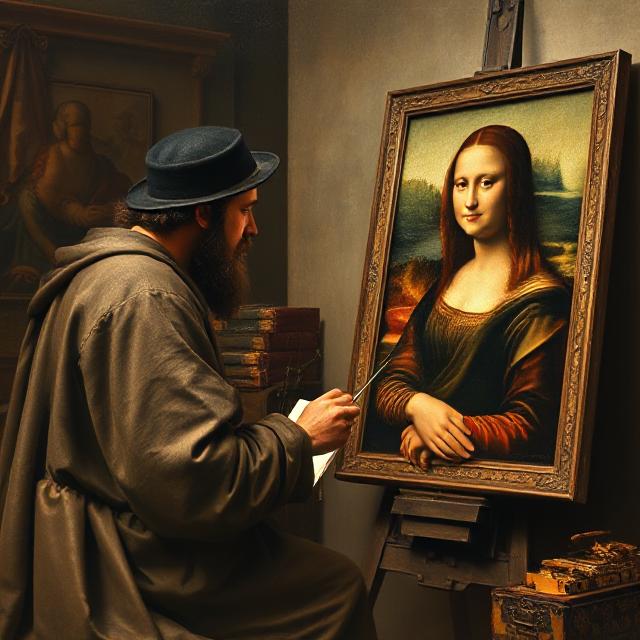
The Mona Lisa, also known as La Gioconda, is believed to be a portrait of Lisa Gherardini, a noblewoman from Florence, Italy. She was the wife of a wealthy Florentine merchant, Francesco del Giocondo. The name "Mona" is a contraction of "Madonna," meaning "My Lady." While many art historians agree on her identity, the lack of solid documentation has added to the painting's allure.
Key Reasons for Mona Lisa's Fame
- Leonardo da Vinci's Genius
The famous artist, Leonardo da Vinci, was a Renaissance master skilled in a wide variety of disciplines, including painting, engineering, anatomy, and more. The Mona Lisa reflects his technical abilities, attention to detail, and groundbreaking artistic techniques.
- Influence of the Renaissance
Painted in the early 1500s during the Italian Renaissance, the Mona Lisa showcases Leonardo's skillful handling of innovative techniques that were revolutionary for the time, including her realistic expression, the use of light and shadow (called "sfumato"), and the intricately detailed background.
- Her Mysterious Smile
The Mona Lisa's most famous feature is her enigmatic smile. Is she happy? Melancholy? Mischievous? Scientists and psychologists have studied this subtle expression for years, adding to the allure of the painting.
- Theft and Recovery
The Mona Lisa became a household name in 1911 when it was stolen from the Louvre, a national gallery of art museum, by an Italian handyman named Vincenzo Peruggia. The painting was missing for two years before being recovered in Italy. This high-profile theft brought worldwide attention to the artwork.
- Pop Culture Influence
The Mona Lisa has been parodied and referenced in countless ways, from Andy Warhol’s colorful prints to modern-day memes. It even appeared in Dan Brown's famous book, The Da Vinci Code, further boosting its cultural relevance.
Fascinating Facts About the Mona Lisa
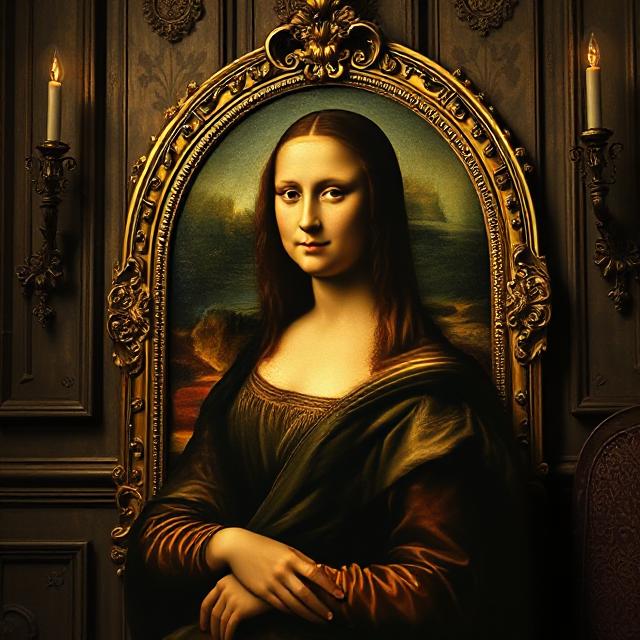
- It's Smaller Than You Think
Despite the painting's fame, the painting measures just 30 inches by 21 inches (77 cm x 53 cm). Many first-time visitors to the Louvre are surprised by its modest size.
- Leonardo Never Delivered the Painting
Records suggest that Leonardo da Vinci never handed over the Mona Lisa to the person who commissioned it. Instead, he kept it with him until his death, possibly because he was constantly refining it.
- Protected by Bulletproof Glass
The Mona Lisa is displayed behind bulletproof glass in a climate-controlled environment to protect it from damage caused by light, humidity, and even vandalism attempts.
- The Background is Open to Interpretation
The distant landscape behind Mona Lisa is a mystery in itself. Some believe it resembles a real location in Italy, while others think it’s an imaginary world created by Leonardo.
Interesting Fact: What Did Leonardo Da Vinci Do in the Last Years of His Life?

In the last years of his life, Leonardo da Vinci lived in France under the patronage of King Francis I. He resided at the Château du Clos Lucé, near the king's residence, where he continued to work on his art, scientific studies, and engineering projects. During this time, he brought some of his most famous works, including the Mona Lisa, which became part of the royal collection. Despite his declining health, Leonardo remained intellectually active, sharing his ideas and engaging in discussions with the French court. He also sketched numerous "visual inventions" that were never built, such as designs for flying machines, an armored vehicle, and a mechanical knight, showcasing his unparalleled imagination and futuristic vision.
Interesting Findings from Research and Science
Thanks to modern technology, researchers have analyzed the Mona Lisa to reveal even more about its creation. Infrared scans have shown underpaintings and reworking, proving that Leonardo adjusted and refined the painting during its creation. Additionally, scientists believe he used up to 30 layers of paint, some of which are thinner than a human hair!
Key Aspects of the Portrait of Mona Lisa
Below is a quick visualization to demonstrate the key aspects of her sculptural face that make the Mona Lisa extraordinary:
|
Feature |
What Makes It Special? |
|---|---|
|
Her Subtle Smile |
Ambiguous expression, created using shadow and light effects. |
| Vast Landscape |
Mystical and asymmetrical, suggesting depth and mystery. |
|
Sfumato Technique |
Gradual blending of colors to create soft edges and realism. |
|
Eye Movement |
She appears to be looking directly at you wherever you stand. |
How to See the Mona Lisa for the First Time
If you're interested in seeing the world's most famous painting in person, you'll need to visit the Louvre Museum in Paris, France. Over six million people visit the museum annually, making it one of the most popular tourist destinations in the world. When you visit, be prepared to encounter a massive crowd—it’s one of the most sought-after exhibits in the museum.
$17.99
4.5 out of 5 starsFlame Light Bulbs, 4 Flickering Modes
Create an Enchanting Atmosphere in Any Space with Flame Light Bulbs
Product information
Product Review Score
Product links
Why Is This Work of Art Still Relevant Today?
The Mona Lisa remains relevant because it continues to inspire questions. What was the intent behind her smile? Why did Leonardo da Vinci put so much effort into perfecting this one piece? These questions make the painting a mystery and a masterpiece all at once. Its blend of artistry, history, and intrigue ensures that the Mona Lisa will always have a place in the spotlight for art lovers.
Quick Recap
- Painted by Leonardo da Vinci in the early 1500s (16th century).
- Likely a portrait of Lisa Gherardini, a Florentine real woman.
- Renowned for its realistic detail, mysterious smile, enigmatic gaze, and innovative techniques.
- Stolen in 1911, it increased its fame and the ensuing media frenzy.
- Has inspired countless references in the art world, pop culture, and literature.
Interesting Fact: The Value of the Famous Painting
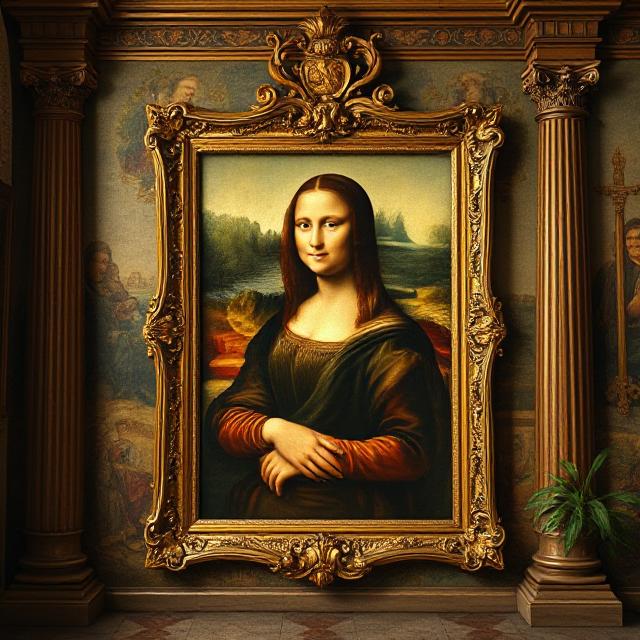
The Mona Lisa, created by Leonardo da Vinci, holds the title of one of the most valuable paintings in the world. Its fame is matched by its staggering valuation. When it was assessed for insurance in 1962, its worth was declared to be $100 million, a record-breaking figure at the time. Adjusted for inflation, this valuation would now be equivalent to a phenomenal $1 billion as of 2023. Displayed in the Louvre under tight security and protected by bulletproof glass, this masterpiece continues to captivate millions, not just for its historical and artistic significance but also for its unparalleled financial value.
The Mona Lisa isn’t just a portrait; it’s a global symbol of artistry, creativity, and human curiosity. By unraveling even a small part of its mystery, we gain a deeper appreciation for Leonardo’s genius and the power of art itself in the modern world.
Like this article? Discover more at Classic Historia for a deeper exploration into the past that has shaped our world.
Stay connected with Classic Historia and discover more timeless treasures by following us on our social media platforms:
"With Classic Historia, you can find the perfect gift for any occasion or add a touch of nostalgia to your own home."
Business Phone Number:
(833) 222-7544
Business Address:
Classic Historia
1220 Oak Street, Suite J PMB1007
Bakersfield, CA 93304-1072
United States




